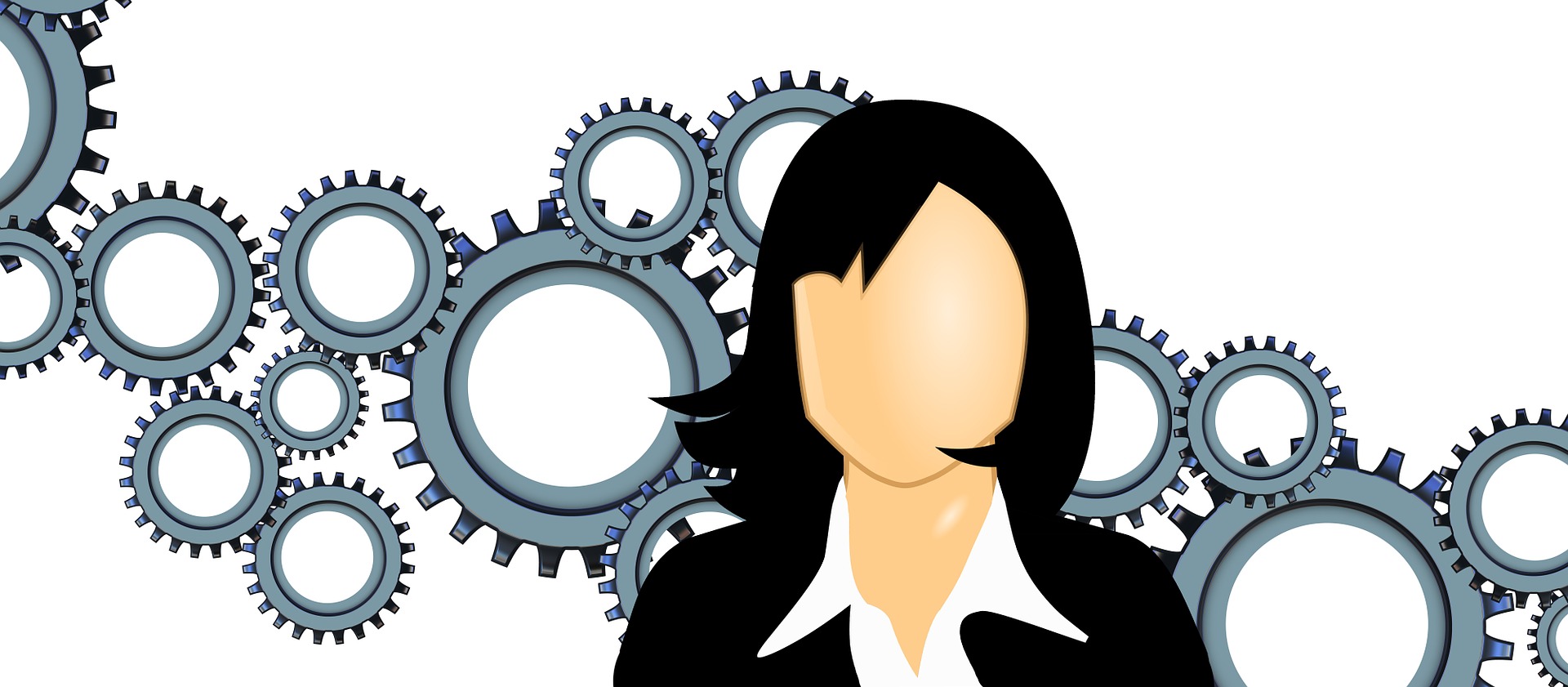Why not? Deliberate choice vs loss of security
‘Why not?’ – is the most frequently posed question in a multioptional environment. It triggers changes in established societies by questioning traditional rules and values. From an individual viewpoint options create the basis for self-actualisation[1]. Social systems that were formative in the past, such as hierarchy, church, state and family, have lost their influence ever since. Routines, social values and norms no longer define our actions; instead, they are triggered by personal preferences[2]. With the end of obligations, a space has opened for the individualisation in society. The result is that we are not only able, but indeed forced, to take our life into our own hands. A son will no longer simply follow his father’s occupation, nor will a girl’s life be defined by marriage, an employee will for example also be able to advance through a company step by step by finally achieving a patriarchal position at the top. Multi-optionalisation increasingly defines every area of life: education, work, consumption, ownership – even family and personal relationships.
I construct myself
The attention span of an individual, a community or a network is limited. In order to get attention from others, we have to stage ourselves. Products become artefacts; our body evolves into a playground: I am the clothing I wear, the food I choose to eat and the body in which I reside. The constant work of maintaining and developing identities is exhausting. To simplify, we resort to using well-known messages, using the practice of orienting ourselves around branded objects for example. Brands are ready-made goods – an off-the-rack identity without labour-intensive tailoring. Paradoxically, by using the same ideals, individualisation results often in assimilation[3]. Alongside consumption, identification is also achieved through our experiences. While things like hiking and gardening were once practiced primarily for personal recreation, we now consciously sell our experiences via our virtual communication channels in order to express a lifestyle. Only shared experiences serve to create an identity. Facebook’s COO Sheryl Sandberg expresses this idea well: “We cannot be what we cannot see”.
Self-management: Individuality or stereotype?
In order to interact within the network with our peers, we create a profile. We model, alter and delete our self-representations as we like. The golden calf we worship is our virtual avatar. This round-the-clock engagement with our own identity makes us more aware of ourselves. The regular Instagram feeds, to which we subscribe, flood our screens with images of optimised bodies. This strengthens our urge for self-optimisation. MyFitnessPal measures my calorie intake, Runtastic analyses my progress in running and Muse measures my brainwaves in order to increase my cognitive performance. Every human being produces a vast quantity of data every day. Quantifying the self[4] is a way of holding up a mirror that reflects who we are and – at the same time – this creates the higher ambition who we want to be. Our tolerance for the imperfect decreases the more transparent our life becomes, the more we are determined by perceived expectations of others. Clichés and stereotypes restrict our freedom to choose who we want to be and reinforce the compulsion to enact an identity.
Multiplied identities: which fits best?
Our data confronts us with the identity that we present to others. As a result, we increasingly give up the concept of one autonomous, continuous identity in favour of multiple, constructible identities[5]. The idea that we express our personality through different identities in different situations and communities is not a new one. We behave differently at a meeting with the boss than we do when spending an evening with friends. But visibility makes us more aware of our relationship to our own personalities. We begin to manage our multi-selves like projects. According to an empirical study by the Gottlieb Duttweiler Institute (GDI)[6], we have an average of ten identities, a professional identity, a leisure identity and a virtual identity. At the beginning of the Internet age, virtual identity was still largely a separate realm, as was the case with avatars in early chatrooms or in Second Life. Today, however, virtual identity is much more a way to broaden the scope of our existing identities[7].
From the “neo-tribalisation“ of society…
As an answer to the threatening conditions presented by a hyper-fragmented society of individualists, we have established new structures – communities. These neo-tribes achieve coherence through empathetic sociality[8], which is based on a common lifestyle. Affiliation is largely self-determined. In contrast to traditional social systems, there is a lack of hierarchical structures. The current networks have no top and bottom, only centrality and isolation. Society is still just beginning to understand what it means when structure-generating systems lose their importance. What is the relevance of statehood in a digital world? What is the meaning of career in a network? How do we view our curriculum vitae without the conformist pressure of society?
…to a networked community
Orientation is needed – even by individualists. In a network environment, people tend to gather around nodes that have a high potential for identification. For the leisure identity, these nodes might be fashion bloggers; for the sport identity these might be brands such as Red Bull, and for the professional identity a node might include Richard Branson’s management philosophy. In the search for identity, daily life presents a wide range of different options. Particularly in one’s early years, this can be overwhelming. Everything is equally within reach in the network. ISIS’s recruiting camps compete with horse-riding holidays in the countryside. Networks are built around trends and are constantly changing. A society where its members seek orientation in ephemeral networks will become instable. In these modern times, structure-generating systems are indispensable. Even if the state is an antiquated presence within a digitalised society, it is still the most efficient structure for creating social security. In order to legitimate itself in a network-based structure, the state must adapt to the diversity of its stakeholders’ lifestyles and values. It must therefore be possible for individualists to shape state structures; they must be less supervisory and regulative and more consultative and supportive.
Identity creation in markets: Individualism or algorithm?
Products and services have to tell a story – they must provide means in order to create an identity. It is becoming increasingly difficult for companies to differentiate their value propositions in saturated markets. In order to avoid being caught in price competitions, businesses in all markets have to create emotions that fit the individualist’s lifestyle. Individualists want to see themselves reflected even in their – often intransparent, sometimes boring – financial services products as boundaries between industries become increasingly obsolete: “I don’t need a bank to process my transactions; maybe Apple suits my lifestyle better”. Identity seekers have to invest a lot of time into monitoring and searching to stay informed about the latest trends. Algorithms support individualists in finding products and experiences that fit their profiles. Yet, these algorithms are dumb. They reinforce established behavioural patterns, as they are based on past experiences and preferences. They don’t offer room for surprises, irrational behaviour or contradictory decisions. What will happen if an identity is beginning to bore me? Individualists will be able to shape the algorithms of the future and thus determine when algorithms should exit the filter-bubble[9] in order to identify new identities.
New identities create new markets
Markets for self-optimisation, self-management and self-relieving are the individualist’s new markets. New services allow them to further improve their self-reflective capacities and provide motivation for self-optimisation. Human enhancement is already being promoted as the new multi-billion euro market. Alongside self-optimisation, self-marketing must also be improved. Tools like IBM’s Identity Mixer[10] are made to fill this gap. This application mitigates other service-providers’ hunger for data by submitting only the profile data that are actually required. This allows individualists to at least partially reclaim authority over their personal data. The next generation of tools will make it possible to personalise identities for any community or application. The individualist will have not one, but ten profiles, and will become an expert in deploying each of them. New services will offer standard profiles that provide analysis, coaching and advice about the quality of one’s identity management. Never in the course of human history have we had so many points of interaction. Nevertheless, we increasingly feel that we are left on our own. While we are constantly struggling to optimise the image of ourselves, we simultaneously desire to be free of our new, self-created constraints. Ironically apps like “Offtime” allow users to shut out the constant pressure of identity creation by app-blocking, communication filters and analyses of smartphone usage. We are awaiting the new markets for (part-time) offliners.
Markets of the future are shaped around consumers’ identities and needs
Individualists always see themselves as the centre of their respective networks. In earlier times people took photos of the Eiffel Tower in Paris, today we take selfies, we are the focal point of the photo and the Eiffel Tower serves merely as a background. When navigating with digital maps, we are automatically put in the centre; there is no longer an edge. The map adapts to the changes of the individual position. The geocentric worldview has transformed into an egocentric perspective[11]. An individualist likewise sees him- or herself as the focal point of markets. Businesses that do not behave cooperatively are punished or quickly replaced. Consumers today have the tools to do so. Simultaneously, the leading companies of the digital age dispose of an unprecedented pool of data on consumer preferences and behaviors. They are increasingly able to (mass-) customize their offerings to individual needs. Predictive analytics raise the transparency of the multi-optional identities of individualized consumers.
The rise of digitalisation increases the number of options within markets, and therefore consumers’ mobility. If customers feel they are being treated unfairly, they complain and threaten to take further actions. Global, viral dissemination now occurs within days and can lead to a veritable sales collapse for a business. In order to be successful in individualists’ markets, businesses must understand their altered role. Companies become suppliers for the individualist’s enterprise of manufacturing self. The only way for a business to expect loyalty is by consistently supporting consumers in being who they want to be, and occasionally admonishing them to unplug themselves from the digital world.
You can find more information about the influence of individualisation and other megatrends on our everyday lives in the Book: Megatrend. (only available in German):
[1] Gross, P. (1999). Ich-Jagd. Frankfurt am Main: Suhrkamp.
[2] Based on Knoblauch, H. (2001). Ekstatische Kultur. Zur Kulturbedeutung der unsichtbaren Religion. In: Achim Brosziewski, Thomas Samuel Eberle und Christoph Maeder (ed.). Moderne
Zeiten. Reflexionen zur Multioptionsgesellschaft. Konstanz, 2001, 153-168.
[3] More at: http://www.exactitudes.com/
[5] Höchli, B., Frick, K. & Hauser M. (2015). We-dentity. Wie das Netzwerk-Ich die Wirtschaft und Gesellschaft von morgen verändert. Rüschlikon: GDI.
[6] ibid.
[7] Miller, D. (2013). What is the relationship between identities that people construct, express and consume online and those offline? London: Government Office for Science.
[8] Maffesoli, M. (1996). The Time of the Tribes: The Decline of Individualism in Mass Society. London: Sage.
[9] Pariser, E. (2011). The Filter Bubble. What the Internet Is Hiding from You. New York: Penguin Press.
[10] https://idemixdemo.mybluemix.net/
[11] Based on: Schneider, R. U. (2015). Karten. NZZ Folio (7/2015), p. 12-21.










